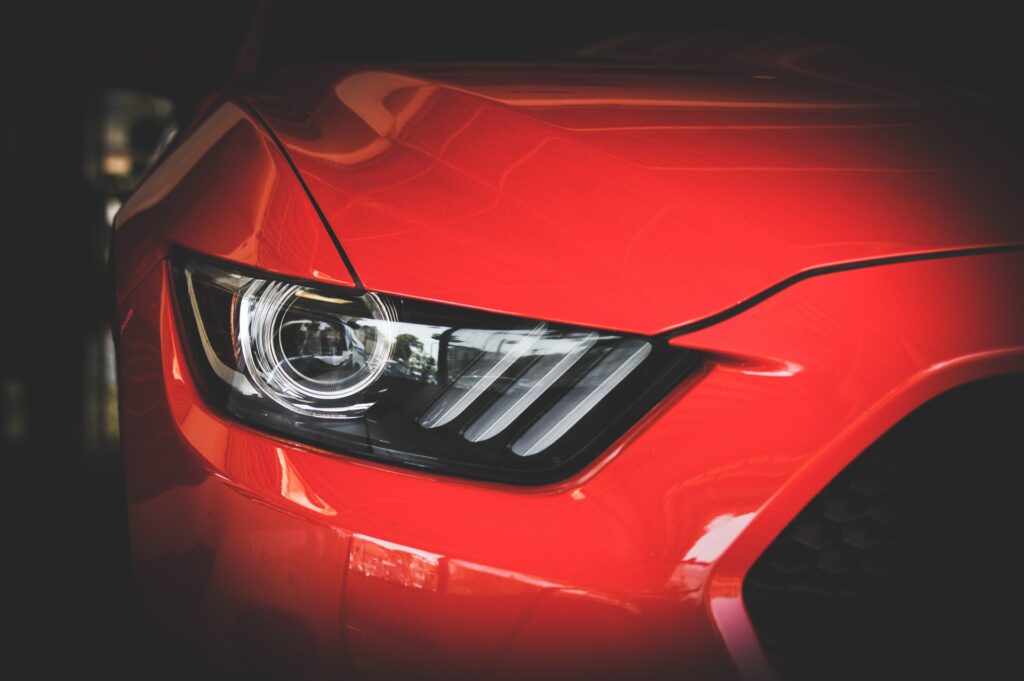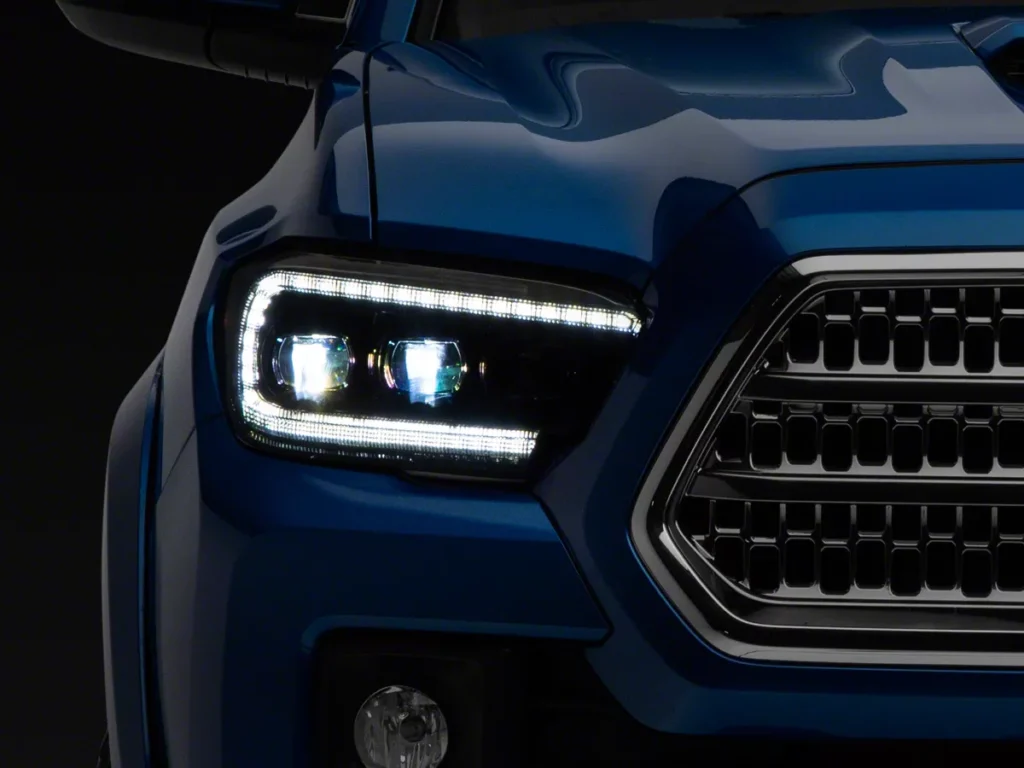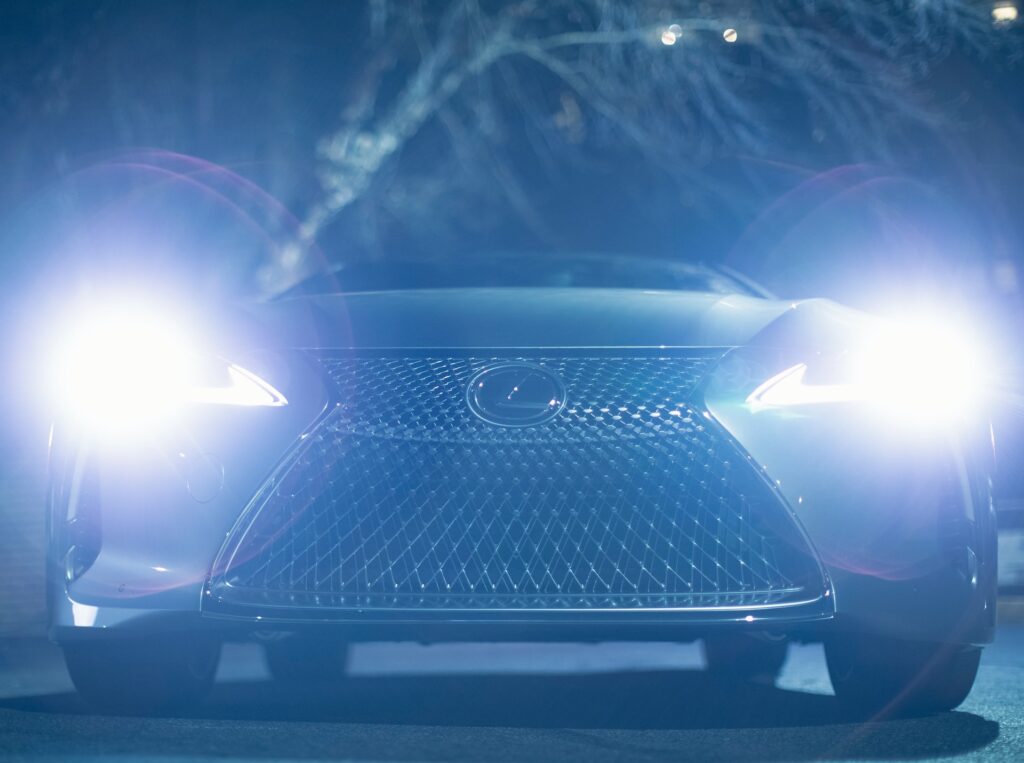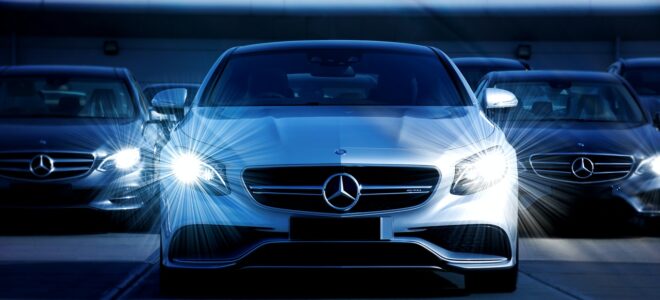Automotive lighting systems are highly dependent on effective lights for better emission and safety of the person accessing the device. Halogen bulbs have been in unquestionable use that has evolved. The evolution includes xenon bulbs and diodes helpful in emitting the right degree of light. The latest inclusion to this family is LED bulbs and lights. They are available in different shapes and sizes and are good for all vehicles, from a small sedan like Maruti to the mighty family of Ford cars.
Features Of LED Lights

Source: pexels.com
The LED headlights are made of various components that add up to render the following features while functioning:
- They offer an exceptional range of colors.
- They are reliable in strong winds and other weather conditions.
- They offer directional lighting, which is helpful on the roads and highways at night.
- They have a low radiated heat level compared to other lighting options.
- They offer instantaneous illumination that brights up the way in less visibility.
Basic Difference Between LED Headlights And Halogens
LEDs are a new-age invention. At the same time, the halogen lights belong to the standard degree. The auto industry has used them for many years. The best part about using them is that they offer longevity for a lesser price. Their replacement is easy, and customers have been using them for so long.
The introduction of LEDs has been helpful in recent times. They are bright and cast a wide pattern during the emission. Their efficiency rate is 90% more in comparison to traditional bulbs. The output is excellent. In 2019, half of the world was using LED light sources. Headlights are a part of the use of LEDs. By 2030, it is projected that 87% of the various light sources worldwide will be through LEDs. The adoption rate is high, so the future for these lights is bright. You can click here and explore the different options of lighting and the kind of facilities they possess.
LED headlights are a preferred option in comparison to halogens because they offer the following benefits:
1. Light Emission

Source: extremeterrain.com
LED headlights are equipped with a better degree of light emission. As a result, they are an excellent option if you want an extremely high level of brightness, especially at nighttime in dark areas with less visibility. So, you are correct in thinking that having more wattage is solely responsible for measuring the degree of brightness offered by the headlights.
They don’t function on the cost of the fuel efficiency of your vehicle and help you in saving a huge amount of money. They present a clearer view, and you can rely on them for continuous functioning and visibility compared to halogens.
2. Color Difference
The normal basic and traditional car lights either need gels or filters that can cater to the color variation requirement of the vehicle owner. Also, these gels and filters don’t last for long. It will lead to money wastage only. However, you need not employ extra effort when you have LED car headlights. There is a wide range of color options that you can choose from, and the variation in color temperature is possible without any additional placement of gels or filters.
LEDs have a diode coating that helps change the colors of the light emitted. In alternative cases, the car lights have a phosphorous coating also. So, the shades are intact and run nicely till the day the LED light lasts.
3. Environment-Friendly

Source: unsplash.com
The basic reason for the development of LEDs is that there is a need for steps to secure the environment. The rising customer demands should comply with the environmental requirements, and hence, the use of LED is better. The electricity consumption by LED is 75% less. A 6 watts bulb can produce as much light as a traditional bulb of 40 watts can do.
Also, they emit a white light compared to halogens with a yellowish light. The traditional headlights get hot if they are used for a long time, especially in the rain. In hot conditions, they can even burst and break the glass that covers them. They go cool on running, but you should be careful about the designs of some models. Try not to keep them in very open spaces as it might cause degradation and a reduced life span.
4. Better Output
The LED headlights are projected to last for more than 2 decades. Now that’s huge! What’s more surprising is that the halogen lights function 5 times less than LEDs. So, they are a sustainable package with the maximum benefits to offer in this lifetime. They are soaring high in popularity because of all the right reasons.
Their abundant availability in online and offline stores and variation for vehicles like sedans, SUVs, hatchbacks, and luxury cars puts the car owner in a safer position to opt for driving with reliable lights in risky weather conditions and rocky terrains. The superior engineering mechanism is another added benefit that makes LED lights reliable.
5. Efficient And Durable

Source: unsplash.com
LED lights follow a straight range for emitting light. They don’t go for exceptionally broad coverages, so the consumption and expenditure are less. They offer better functioning than traditional bulbs in the cold. Also, they can better withstand the impact of harsh conditions. They do not come with filaments or fragile parts that need extra attention.
They are stable and are significant for functioning in reduced temperature also. They don’t heat up; instead, you can utilize them better in areas with higher heat sensitivity. They won’t fade due to excessive conditions. Many high-end brands ensure the excellent functioning and life span of LED headlights. Even the average branded lights bring better efficiency than halogens.
Conclusion
LED has always been under the Halogen umbrella. But it’s time for it to step out and shine on its own. So if you are thinking about whether it is worth it, the simple answer is – YES. LEDs are here to serve you for a long time as they promise a better result with the help of the latest technology.




